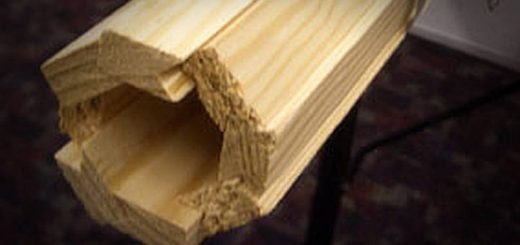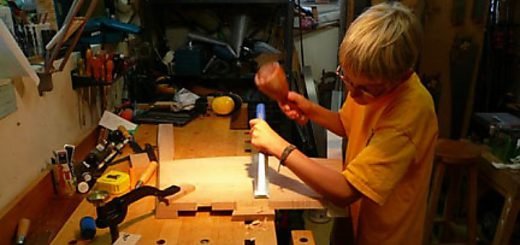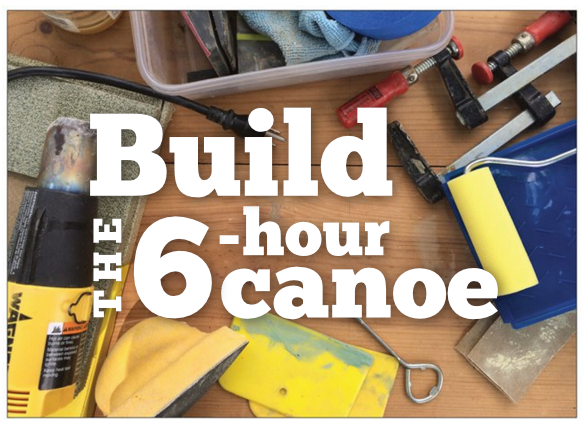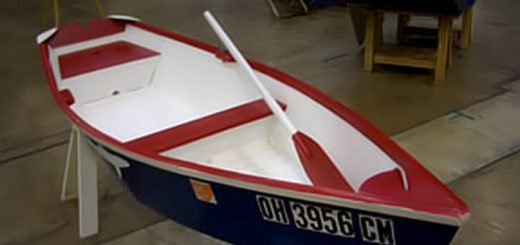Bending Wood with Steam, Muscle and Steel
Presentation by: Rick Blamer, CABBS member

Rick Blamer fired up his steam box and gave a live steam bending demonstration. To show how its done, he brought along a bending jig to make a frame for a fish landing net.
Let’s start with the basic essential, a steam chamber. You need something to hold the wood so that steam can reach all four sides to heat it. A large diameter pipe, a downspout, a long wooden box with end doors such as Rick’s are all good solutions.
The simplest chamber might be a piece of downspout; it’s long, convenient, and ready to use as is. To start steaming, insert the wood into the chamber. Prop the wood so that the steam can reach all four sides. Propping it with some wood scraps will do. Insert a steam hose into one end. Plug the ends so the steam is contained. Steam the wood, about one hour for each inch of thickness. There is nothing magical about steam. It is simply a way to heat the wood without drying it out.
A steam source can be as primitive as a tea kettle with a piece of hose taped to the spout. However, low priced commercial steamer units, such as the electric Earlex steam generator (available through WoodCraft, Rockler, Sears, $60 – 70) are much simpler, safer, and easier to use.
The Earlex unit Rick used in his demonstration put out plenty of steam.
So how does steaming make wood bendable? As the steam heats the wood, lignin, a molecular substance that is the rigid structural element in the wood cell walls, begins to soften. When the lignin becomes soft, the wood becomes pliable. When the lignin cools it returns to its rigid state, making the wood stiff again.

You might think that steaming wood would make it limp like a piece of spaghetti. But no. Coming out of the steam box, the wood appears much as it went in and retains a large degree of stiffness. But with some muscle, force, or clamping pressure it will bend around a form.
Rick, with the assistance of Chip Caine, bent the demonstration piece around a jig to form the landing net frame.
As the wood bends, the wood cells on the inside of the curve become compressed. The wood cells on the outside of the curve move in tension and become stretched. If the cells are stretched too far, the cells rip open and the wood cracks and splinters.
If a sharp curve is a necessity, how can you prevent the wood from splintering? There are two work-arounds to solving this problem.
First you can use smaller thicknesses of wood. Multiple strips can be bent around a form as a group and then glued together as a lamination once thoroughly dried.
The second is to use a bending strap, a strip of 20 gauge sheet metal approximately the width of the work piece and a few inches longer in length. One end of the strip is clamped or screwed to one end of the wood piece. The metal strap is placed in contact with the wood face on the outside of the curve.

As the wood is bent, the metal strap helps to distribute the tension forces toward the center of the curve transferring the force into compression. If sheet metal is not available, a sacrificial strip of wood can be used as the bending strap but most likely it will not be as effective.
Keep in mind you’ll need plenty of clamps and have about a minute to work the piece before it cools and starts to gain rigidity. Steaming is easily a two person job.
So give it a try. It’s not hard but it does involve pulling together a steaming rig. Steam bending is one of the magical elements of boat building that makes boat construction such a satisfying endeavor.







